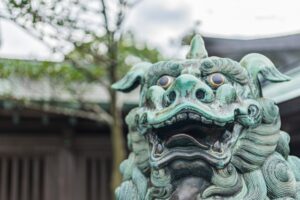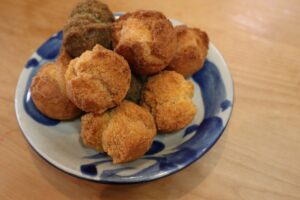
If you have any questions, ask them for free! ➡ Japanese Question Form

Learn more than Japanese!
You may be surprised to learn that language learning can be an exciting adventure.
Meet new people, discover your inner potential, and more.
Please don’t miss out on these changes that will surely happen to you. Let’s make your life a wonderful journey with our Japanese language tutors!

How to Spend Valentine’s Day in Japan
February 14 is “Valentine’s Day. Many people buy delicious and fashionable chocolates for gifts or make their own handmade chocolates

What dose A-Un 阿吽 mean in Japanese?
It is often said that what foreigners do not understand about Japanese people is their ambiguous expressions. Among them, there

Popular Food & Drink in Okinawa
Okinawa is home to a U.S. military base, so there are many Americans working there, and there must be many

Tips for Japanese learners feeling that they’re not making progress
These days there are increasing opportunities for Japanese learners, mainly expatriates relocated in Japan to talk with native Japanese speakers





